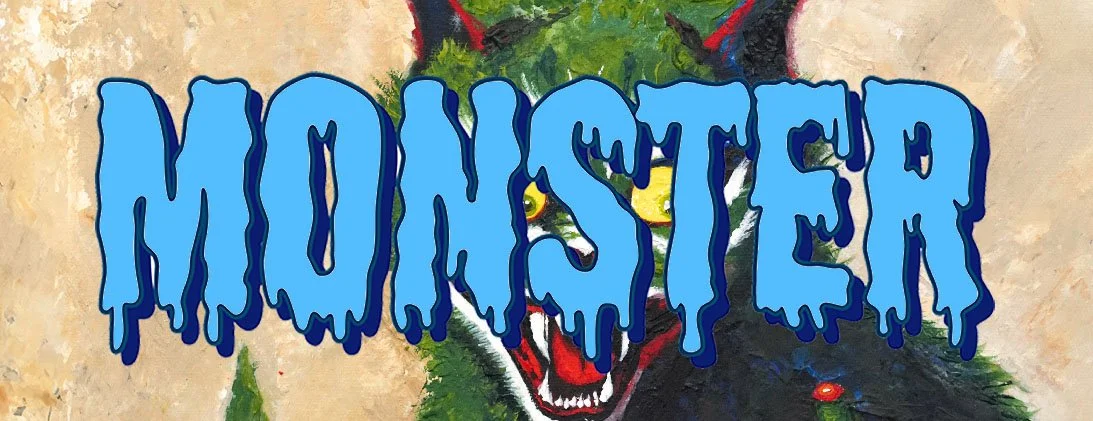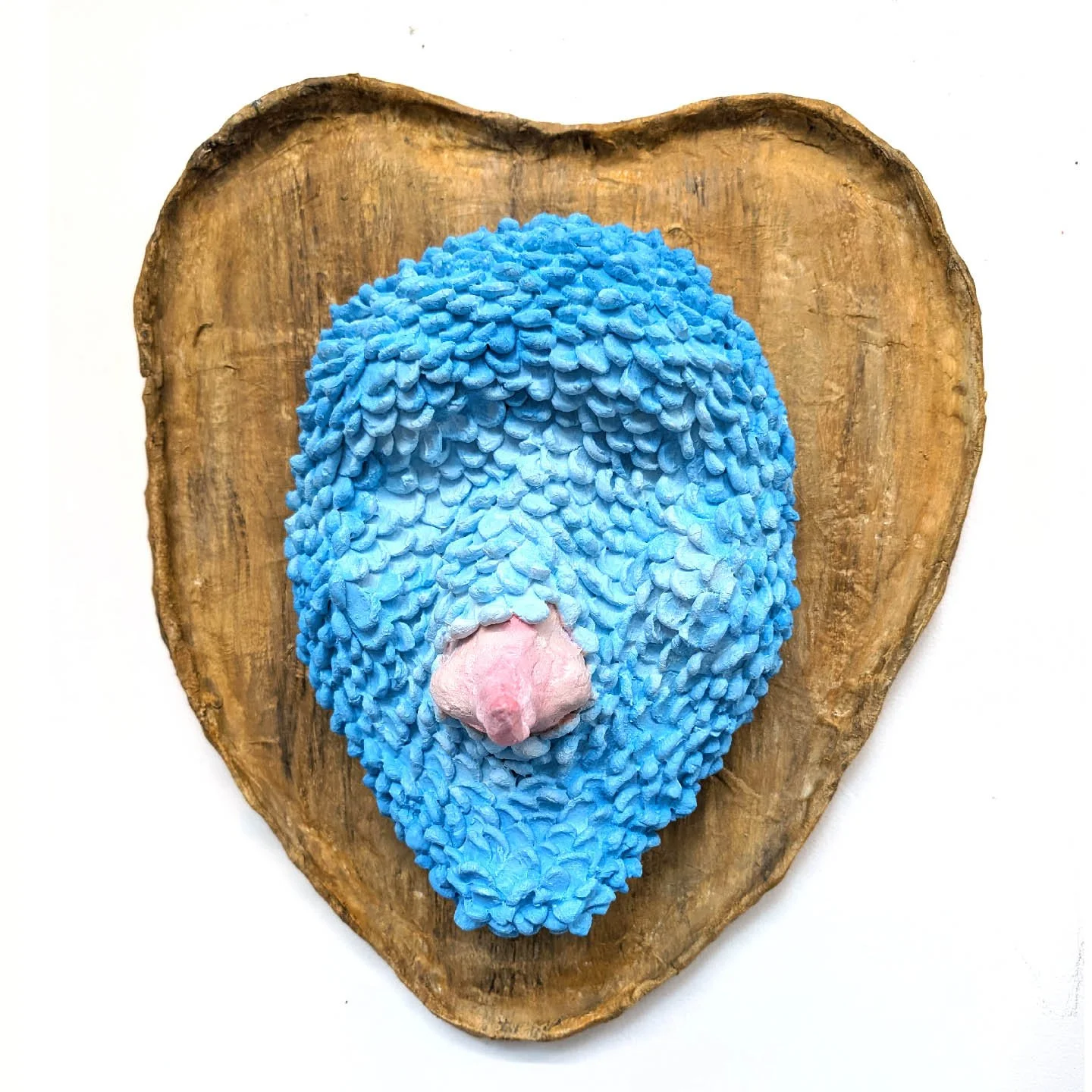SPRING/BREAK ART SHOW 2024 : MONSTER
GROUP SHOW FEATURING
CAITLIN MCCORMACK, CHARLES CASEY, TAYLOR LEE NICHOLSON, AND JAC LAHAV
ORGANIZED BY MICHELE JASLOW AND JAC LAHAV
Monster uses the tropes and aesthetics of horror movies to explore who exists in the exterior light of day and who dwells in the dark interior. Curators Jac Lahav and Michele Jaslow and artists Charles Clary, Caitlin McCormack, Taylor Lee Nicholson, and Jac Lahav use horror elements to examine themes of trauma, loss, poverty, gender-equality, isolation, and things falling apart.
BUY TICKETS HERE
SPRING/BREAK Art Show
New York City 2024
75 VARICK, NYC // September 4 - 9
FIRST LOOK COLLECTORS & PRESS PREVIEW
Wednesday, September 4th // 2pm - 5pm
VIP PREVIEW OPENING NIGHT
Wednesday, September 4th // 5pm - 8pm
VIP PREVIEW DAY
Thursday, September 5th // 12pm - 7pm
REGULAR SHOW DAYS
September 6 - 9 // 12pm - 7pm
PRESS RELEASE
Who is your monster? Our monsters here are the fraudster, forger, acquitted murderer, appropriator, looter, sexual harasser, and freeport storage hoarder.
As a vehicle to discuss the interior and exterior of power balance the booth “Monster” will utilize the tropes and aesthetics of the horror movie. The horror genre serves as a mirror to our contemporary concerns, reflecting the dysfunction in society. They highlight our failure to address pressing issues like gender-based inequity, environmental collapse, and racial injustice. With a mix of shock, fear, brutality, and dark humor, no other genre delves as effectively into the fragility of existence and the inevitable end awaiting us all.
Taking further aesthetic inspiration from Halloween haunted houses, the moral instructions of Hell houses and Buddhist Hell Gardens, the work in this booth lives in an informed aesthetic to blend reality with fantasy, challenge human supremacy and depict consequences for our shortcomings.
It is within this context that we take a hard look at who exists in the exterior light of day and who dwells in the dark interior. The booth divides the space into two distinct factions, our monsters dispensing jump-scares in the darkness of the interior and those who work in the exterior in the light.
In the back interior area of the space our monsters live to dispense jump-scares in the dark. This unconventional yet typical Spring/Break installation features haunted house inspired animatronics by Jac Lahav surrounded by Taylor Lee Nicholson’s wall-mounted papier mâché severed heads of a broad representation of art monsters hung like taxidermy on decorated walls in a horror aesthetics inspired space representing a freeport tax haven art storage.
In the front are those who work in the exterior in the light. Artists Caitlin McCormack, Taylor Lee Nicholson, Jac Lahav and Charles Clary use horror tropes to view gendered craft as art, surviving trauma, and collaborative relational aesthetics with an approach that is restless and hungry.
Caitlin McCormack is a fiber artist whose crocheted works acknowledge a familial, trans-generational tradition of craft and externalize experiences with self-harm, body dysmorphia, and assault, resulting in an intimate archive of emotive vessels. Exploring themes such as gender and sexuality, the pros and cons of isolation, and Anthropocene hamartia through an uncanny lens, these works contemplate societal reluctance to view gendered craft as art and regard crochet as a behavioral response to apocalyptic conditions. Evoking folklore, medieval botanical imagery, institutional osteological displays, science fiction and cinematic body horror, each object is an artifact of a memory, tethered to a surface and made viewable from a distance.
Taylor Lee Nicholson is a queer artist and self-described “garbage person” who loves to mix kitsch and creepiness for comically grotesque results. Her work often culminates in autobiographical installations that are interactive in nature as collaborative relational aesthetics. In her own words “I’m a Garbage Person. I embrace “trash” as both subject and material. I am haunted by decay, a gothic obsession with death and with things falling apart, ghost stories. Like a poltergeist, my practice is restless and hungry. I’m not really exploring supernatural horror, but rather material horror. My work aims to expose the grotesque beneath the veneer. This “bad,” anti-art, like the culture that it critiques and echoes, is bingeable junk food.”
A self-described ‘horror nut,’ Charles Clary always felt a kindred spirit to the final person standing in a scary movie – surviving through the trauma. As a hand-cut paper artist Clary uses paper to create a world of fiction that challenges the viewer to suspend disbelief and venture into fabricated reality. In his work Clary designs around what he feels is important and then carefully cuts and layers paper into the slipcase of a VHS tape. Clary sources VHS tape copies of his favorite movies at local thrift stores. Analog and carelessly discarded, these films held a lot of emotional significance to Clary, who saw them as “beautiful scarifications,” a traumatic moment healed by a film.
The work in this booth both represents and speaks to the theme of Interior/Exterior using darkness and light within the structure of the horror genre. The interior dark part of the booth will be an installation with a featured jump-scare and totems dishonoring our monsters. The works in the exterior light both represent and speak to concerns using horror elements to illustrate themes of trauma, loss, poverty, gender-equality, isolation, and things falling apart.



